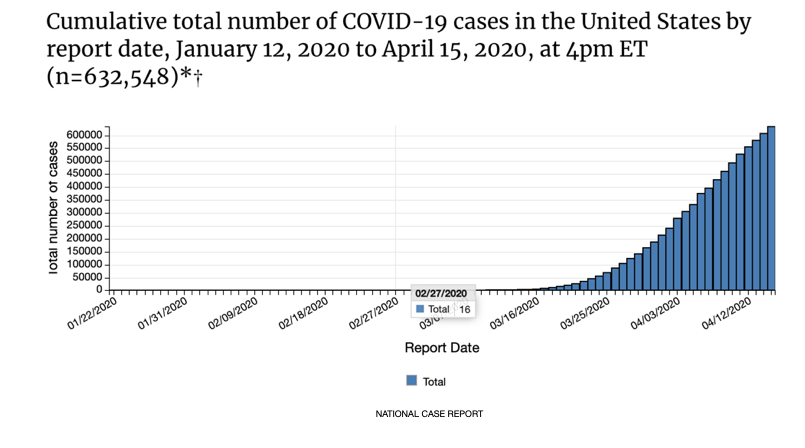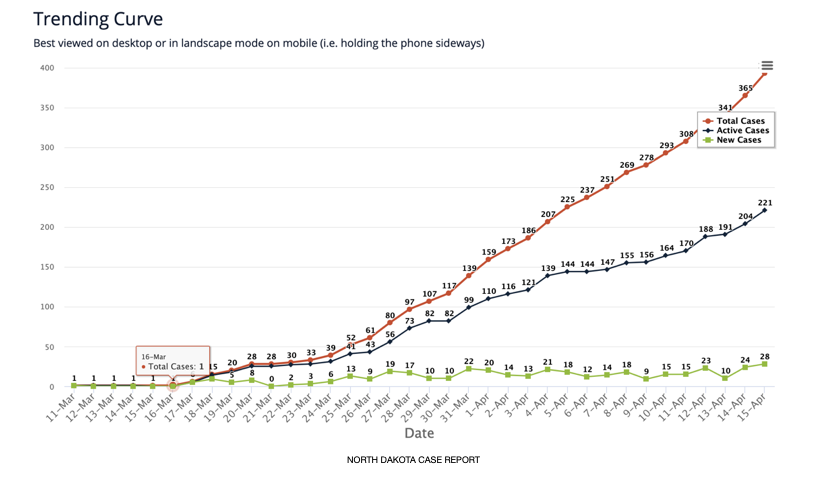Robert Angotti, Lic. Ac., Herbalist
Whenever I first meet with patients or consult with them over them phone about a course of treatment, I try to outline for them a path forward toward some improved wellness. I do this in order to answer some basic questions and establish some shared expectations. I explain that in my clinical experience there are three stages of treatment. The first stage is the “is this therapy helping stage”. The second is the “how much better can it get” stage. And the third is the “what do I have to do to maintain these benefits” stage. I think these three stages may be a useful way for us to map a path forward in this pandemic individually and collectively. I also think this is the process I need to go through in order to assess how I can best assure the safety of my clients before resuming treatment.
Is this helping?
The first stage of treatment really sets the stage for the progression of a treatment plan. Getting an answer to the “is this helping” question helps both my patient and I get some measure of the future of treatment. If the patient is feeling 50% better after 6 treatments, indications for future wellness are pretty promising. If however we do 6 or 8 treatments and the patient is no better, I am usually admitting to patients that I don’t think I can help them.
I say “usually” here because there are cases where patients may not be the best at avoiding aggravating factors or the appropriate lifestyle changes, or they may be sporadic in treatment frequency. How does the handling of COVID-19 compare to this in what is still clearly the first stage of treatment?
No doubt, the first stage of treatment has been botched. There is plenty of blame to go around but the combination of a slow response both globally and federally, misinformation, division and spin, along with inadequate supplies have riddled this first stage of treatment with failures. Given these failures the only treatment we had for the pandemic was isolation. I should clarify here that the subject of treatment here is the pandemic, not the viruses effect on individuals but the destructive nature of its spread through the global and national society. So when we ask “is the treatment helping” we are really asking, “are we slowing or stopping the spread?”
For any assessment of the spread the best measure are the increasing number of infections. Unfortunately this data point still remains obscured by the inadequate number of available tests. This relates to the example I provided earlier when a patient may not be consistent enough in the recommended treatment interval for example. If I suggest treatment a couple times a week but the patient is only able to get in a couple times a month, my data for assessment is obscured. Moreover, the first stage of treatment is prolonged. What would take 3 weeks takes 3 months. Sound familiar?
Still looking at the data can be useful and important. What we are looking for is the “flattening of the curve”. Here are two diagrams of today’s case reports nationally and in North Dakota specifically. (These are active images by the way so if you click it you will get the most up to date information)


There are people much more qualified to interpret these graphs than me, but what we know is that for as long as the line of infections is climbing up, the risk of exponential spread is high. Therefore since our only way of limiting the spread is by limiting contact, “stay at home” strategies are the treatment, especially when adequate testing is limited.
Now the good news is that it does appear the national curve is starting to flatten some. But let me paint a picture for you. Let’s say I have a patient who comes in for treatment of a digestive imbalance. With this patient I might suggest that in addition to treatment, I would like them to avoid the consumption of sugar during the first stage. After a few weeks, this patient may report that their symptoms are much improved and ask if they can enjoy the holiday meals that are coming up which are sure to involve sugar. My clinical experience tells me that this is likely to aggravate the condition and prolong stage one. Many times patients may “experiment” at this stage, see an aggravation in symptoms, and then decide that the treatment isn’t working or that it is too difficult to sustain if it involves avoiding sugar. Sound familiar?
Now to be fair, I don’t mean to equate some of the severe economic hardship with avoiding sugar. The economic toll we are paying is hard but it is the only treatment we have given our preparedness.
What remains clear to me is that we are still in stage one of treatment. We haven’t calmed the original fires so why would we want to let campers back into the forest? For the first stage of treatment against COVID-19 we need to stay the course and avoid sugar. Lot of metaphors sorry but the point is when the curve starts to bend downward consistently than we can start to implement stage two strategies of treatment. We are not there now but now is the time to start talking about what stage two treatment involves. The bad news is that it still doesn’t involve sugar!
This stage one treatment plan applies to me and my clinic as well. Although I have a full schedule of appointments next week, I can’t afford the risk to patients. I will continue to keep up with the posts and providing herbs and consultations. Each week I am seeing new information regarding promising treatment of COVD-19 with Chinese herbs… for all three stages by the way. Next week there will be more talk nationally about moving to stage two and I hope to outline some of that strategy in a post.





Robert, Great explanation. Thanks for the posts! Best wishes.
I enjoyed your comparison and I too realize that it’s pretty quick to ” jump back in.”
People are too much in a hurry . I have heard so many times that people are so anxious to go shopping!
No I’m with you; I have plenty of time to do what I need to do.
Great article and thanks.
Thank you Robert! I like how you explained in terms of treatment. Yes, national and state policy is “treatment” and it clicks so much for those of us who have experienced how your method of treatment works IF we, the patient do our part! Enjoy today!